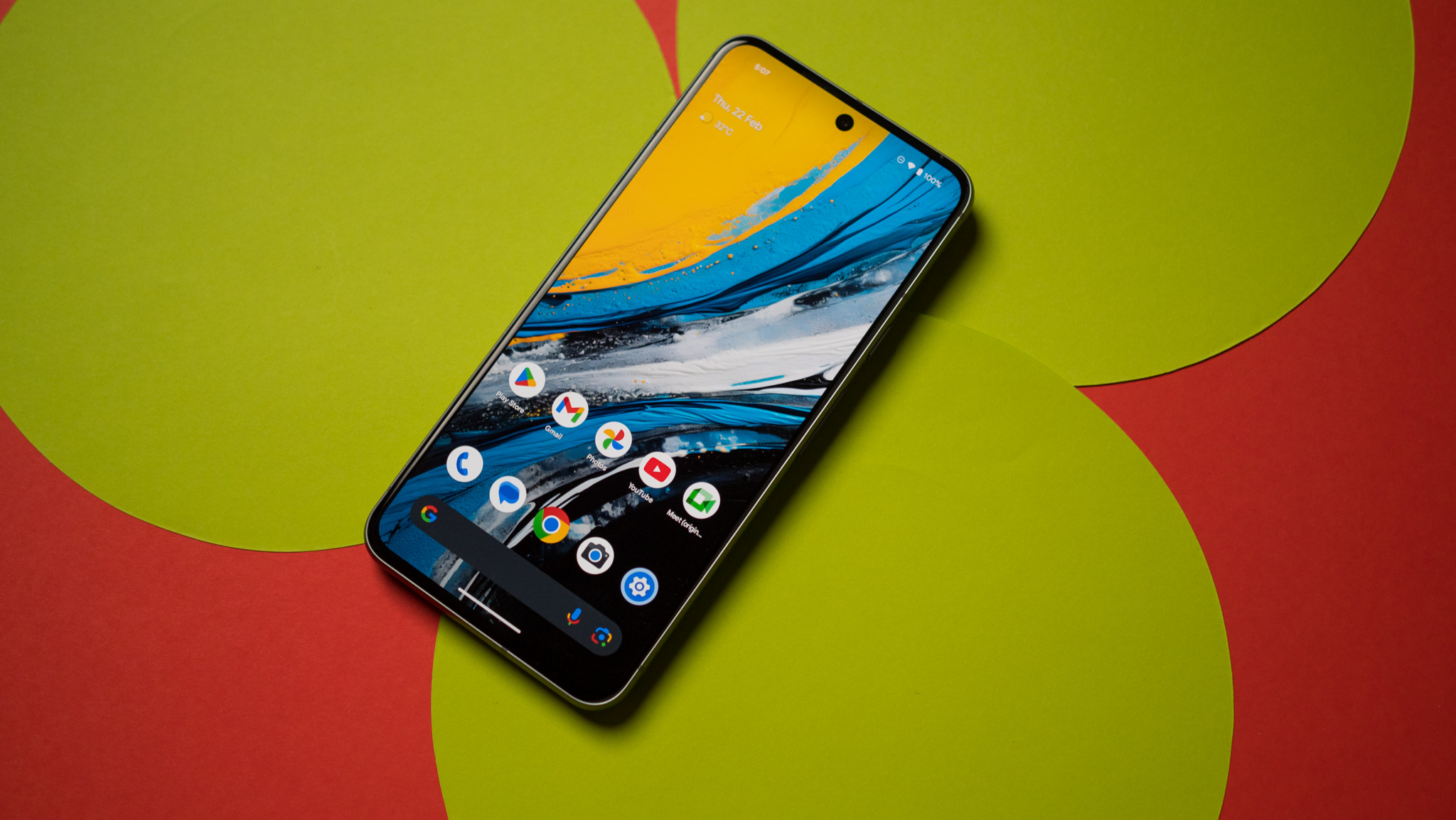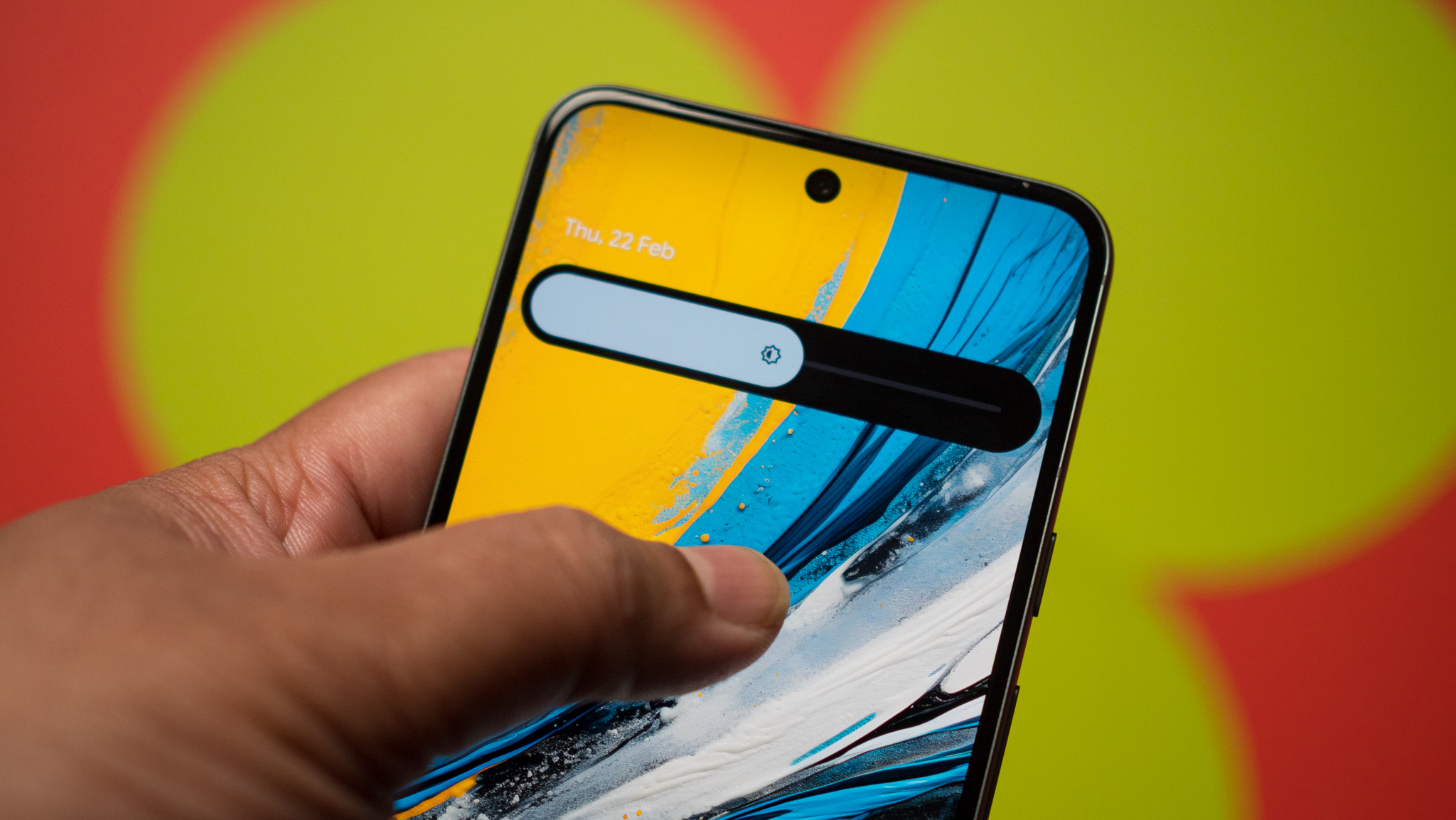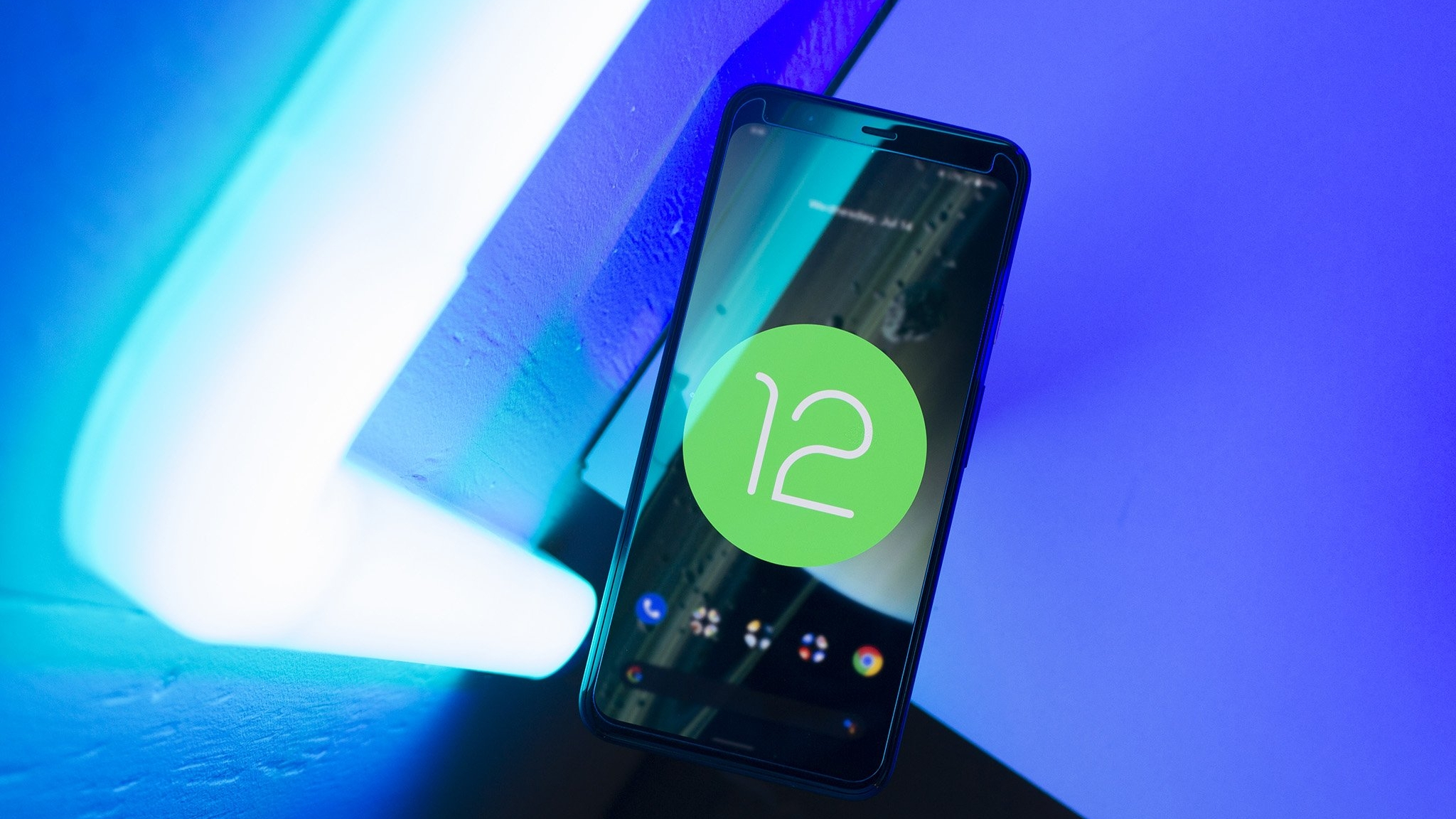Android 15 might let your display reach new lows
Every phone limits just how dim you can make the display, but Android 15 might expand supported brightness levels.

What you need to know
- Android already has an accessibility feature called "extra dim" that allows your phone's display to get dimmer than usual.
- Now, with Android 15, Google appears to be working on an "even dimmer" option that might make it easier to use your phone at lower brightness levels than are usually possible.
- While the "extra dim" feature needs to be set each time you want to use it, the new "even dimmer" feature might affect Android's inbuilt Adaptive brightness setting.
Android 15 might give you more control over your phone's minimum brightness, as Android Authority spotted in the Android 15 Beta 1 code. A new setting is referenced in code strings called "even dimmer," and this is related to your phone's brightness settings. Android already has an option called "extra dim" which needs to be manually enabled each time you want to use it.
Unfortunately, the best Android phones don't give you full control over your smartphone's brightness level. You can set preferences like Adaptive brightness or adjust the actual brightness slider; however, phones are still bound by minimum and maximum brightness settings set by the manufacturer. In many cases, these minimums don't match the actual lowest brightness level your phone's display panel is capable of.
This could change with the newly discovered setting. According to the report, the option will be located below the Adaptive brightness toggle on the Display page of the Android 15 settings app. This setting isn't actually visible in the current version of the Android 15 beta, though, so the functionality of "even dimmer" isn't certain yet. In the code strings, Google says the feature will "allow the device to go dimmer than usual."
An alternate explanation Android Authority found in the Android Open Source Project flag related to "even dimmer" says that it will be used "for extending the brightness below [the] traditional range."

Based on the way the feature is described, the folks at Android Authority think that "even dimmer" might be functionally different than "extra dim." While the "extra dim" option is a manual setting that needs to be intentionally used every time you need a really dim phone display, the "even dimmer" choice could affect the Adaptive brightness settings. In practice, this means users could set and forget this toggle in the Android 15 settings app.
The AOSP description seems to support this theory, as the phrase "extending the range" of your phone's brightness suggests that the brightness levels are still variable.
However, this is all just speculation, so we'll have to wait for future beta releases of Android 15 that may include this feature in a working capacity. If it does indeed appear in the final Android 15 release, "even dimmer" would make your Android phone easier on the eyes in dark lighting situations, although depending on how it works, it could be a headache for people with PWM sensitivity.
Be an expert in 5 minutes
Get the latest news from Android Central, your trusted companion in the world of Android

Brady is a tech journalist for Android Central, with a focus on news, phones, tablets, audio, wearables, and software. He has spent the last three years reporting and commenting on all things related to consumer technology for various publications. Brady graduated from St. John's University with a bachelor's degree in journalism. His work has been published in XDA, Android Police, Tech Advisor, iMore, Screen Rant, and Android Headlines. When he isn't experimenting with the latest tech, you can find Brady running or watching Big East basketball.
You must confirm your public display name before commenting
Please logout and then login again, you will then be prompted to enter your display name.
